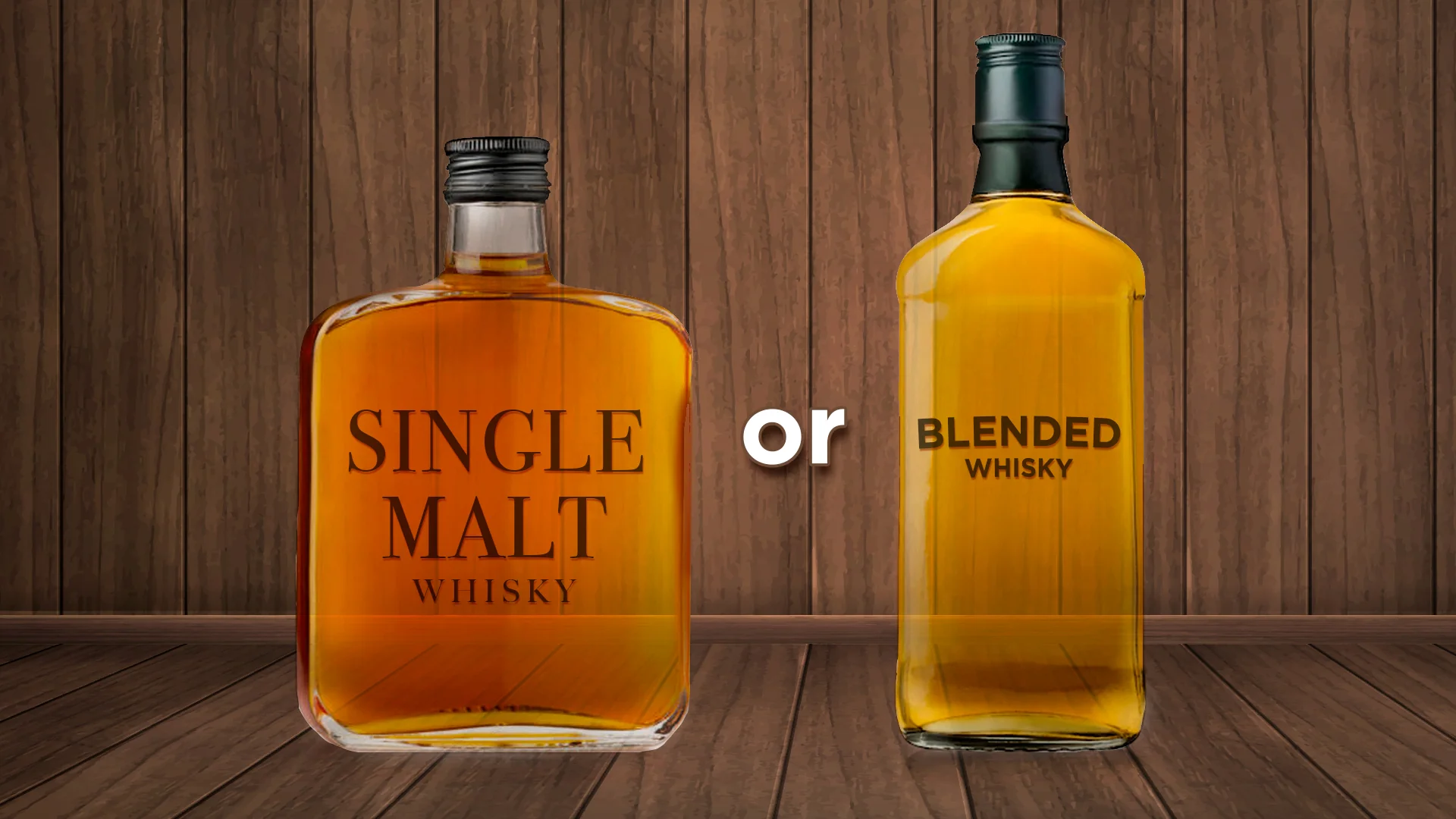When it comes to whisky, the debate between Single Malt and Blended Whisky is as fiery as the spirit itself. Every whisky lover has their preference, and the choice often depends on taste, mood, and sometimes the price tag. Whether you’re new to whisky or looking to expand your palate, let’s break this down in a way that makes it easy, fun, and worth pouring yourself a dram.
Key Points
- Single Malt is made in one distillery using malted barley.
- Blended Whisky combines whiskies from multiple distilleries.
- Flavor profiles vary: Single Malt is complex; Blended Whisky is smooth.
- Price and exclusivity are higher with Single Malt.
- Personal taste and occasion determine the right choice for you.
What’s the Big Deal?
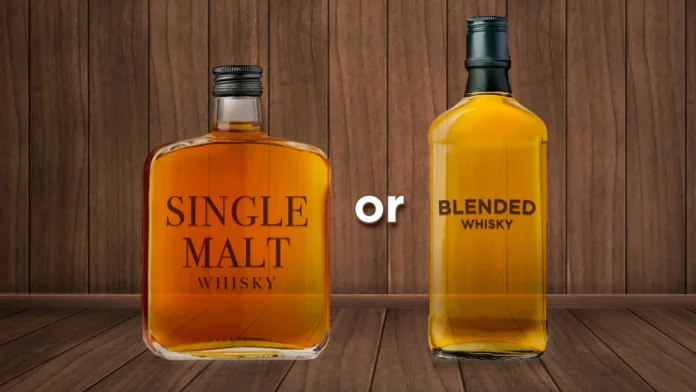
Single Malt vs. Blended Whisky
Let’s start with the basics. Single Malt is crafted in one distillery using 100% malted barley. It’s about purity and regional character, which makes every bottle unique. The production process involves traditional pot stills and aging in barrels, often for a minimum of three years but usually much longer. This slow, careful process shapes the bold and layered flavors that make Single Malt stand out.
Blended Whisky, on the other hand, is a mix of whiskies from various distilleries. The blend can include grain whiskies alongside malt whiskies to create a smooth, balanced drink that appeals to a wider audience. The art of blending lies in achieving harmony, where no single flavor dominates. Blenders work tirelessly to craft a consistent taste, bottle after bottle, ensuring you know what to expect every time.
Single Malt: The Purist’s Choice
The elegance of Single Malt comes from its simplicity. It’s made from malted barley and distilled in pot stills at a single distillery. Each bottle reflects the climate, water, and tradition of its origin. For instance, whiskies from Islay, Scotland, are famous for their smoky, peaty notes, thanks to the region’s use of peat during the malting process. In contrast, Highland whiskies often showcase fruity or floral flavors, offering a gentler introduction to Single Malt.
Enjoying a Single Malt is like unwrapping a complex story in liquid form. Every sip reveals new nuances, whether it’s hints of honey, dried fruit, or a whiff of smoke. This isn’t your everyday sip. Single Malt whisky has layers to uncover, making it ideal for savoring neat or with a drop of water. Mixers? Leave those aside. Single Malt is meant to shine on its own.
Blended Whisky: The Crowd-Pleaser
Not everyone has a taste for the bold and intricate. That’s where Blended Whisky shines. By mixing whiskies from various distilleries, blenders create a balanced flavor that appeals to a wider audience. It’s smoother, lighter, and often more affordable, making it the go-to choice for casual drinkers or those new to whisky.
Blended Whisky doesn’t demand your undivided attention. You can enjoy it on the rocks, with soda, or in cocktails without feeling guilty about “diluting” a masterpiece. That versatility makes it a hit at parties or casual evenings. Think of it as the whisky equivalent of a well-made playlist—there’s something in it for everyone.
Popular brands often include a mix of aged whiskies to enhance the depth of flavor, but they remain approachable. Blended Whisky bridges the gap between complexity and accessibility, making it a great choice for a night of easy sipping.
Which One Tastes Better?
There’s no simple answer here because taste is subjective. If you enjoy bold flavors and complex profiles, Single Malt will likely win you over. Its intensity and depth make every sip an experience. Some whiskies even evolve in the glass, revealing different notes over time.
If you prefer something smooth, with a consistent flavor profile, Blended Whisky delivers. Its lighter, well-balanced taste suits those who want an easy drink without overthinking the flavors. You can sip it, mix it, or enjoy it in cocktails—it’s versatile enough for any setting.
Ultimately, the “better” choice comes down to your mood, occasion, and how adventurous you feel with your palate.
Price and Prestige
Price often plays a significant role in choosing whisky. If you’re looking to splurge or impress, Single Malt is the clear winner. Its meticulous production and aging process make it a premium product. Many Single Malts are aged for over a decade, some even 20 or 30 years, which drives up their exclusivity—and the price tag.
Blended Whisky, on the other hand, is crafted for a broader audience, which keeps costs lower. That doesn’t mean it’s inferior—far from it. Many high-quality Blended Whiskies use premium Single Malts in their blends. However, the focus on accessibility and volume often makes Blended Whisky a more affordable option for everyday drinking.
For whisky collectors, Single Malt offers a unique appeal. Limited editions and rare releases are often seen as investment pieces, while Blended Whisky is rarely sought after in the same way.
A Quick Comparison
Here’s a table to make things clearer:
| Feature | Single Malt | Blended Whisky |
| Production | One distillery, malted barley | Multiple distilleries, mixed grains |
| Flavor | Complex, bold, regional | Smooth, balanced, lighter |
| Price | Higher | Affordable |
| Use | Sipping neat | Versatile (cocktails, mixers) |
What About Bourbon?
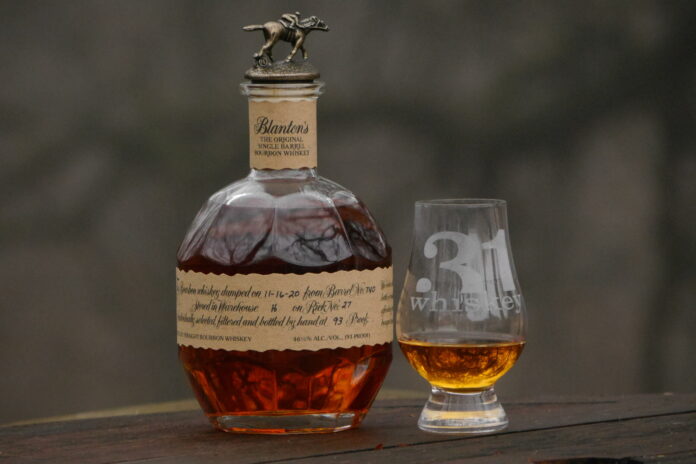
Before diving deeper, let’s give bourbon a moment of recognition. Bourbon whiskey has its own charm, crafted primarily in the United States, and it’s defined by its use of corn mash. Bourbon often offers a sweeter profile compared to its Scottish cousins, making it a great entry point for newcomers. For an insightful take on bourbon’s history and flavor, visit Decpapi.
Regional Influences on Single Malt
The region where a Single Malt is made plays a crucial role in its flavor. Here’s a quick breakdown of some famous regions and their characteristics:
- Islay: Known for peaty and smoky whiskies. These pack a punch and are loved by those who enjoy bold, intense flavors.
- Speyside: A lighter and fruitier style. Many famous brands like Glenfiddich and Macallan hail from this area.
- Highlands: Diverse flavors ranging from floral and sweet to rich and full-bodied.
- Lowlands: Softer, smoother whiskies that make for an easy sip.
Each region has its signature style, offering a range of experiences for adventurous drinkers.
Pairing Whisky with Food
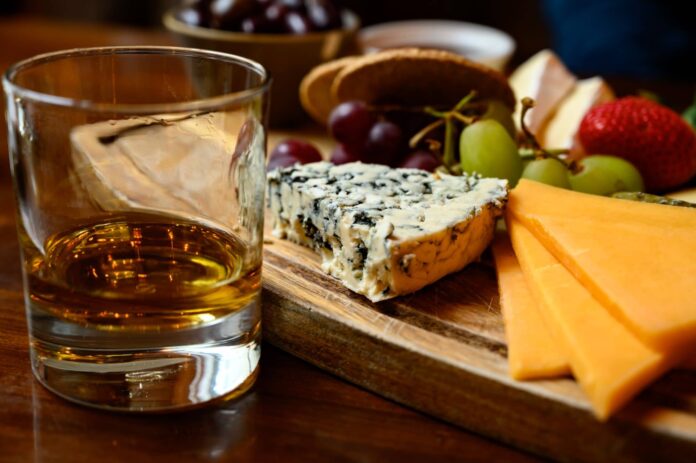
Whisky isn’t just for sipping. Pairing it with food can elevate your experience. Here are some suggestions to get you started:
- Cheese: Soft cheeses like Brie pair beautifully with smooth Blended Whiskies, while sharp cheddar complements the boldness of Single Malt.
- Chocolate: Dark chocolate with a rich Single Malt is a match made in heaven.
- Smoked Meats: The smoky notes in Islay Single Malts pair wonderfully with smoked salmon or BBQ ribs.
- Desserts: Blended Whisky can bring out the flavors in creamy desserts like panna cotta or crème brûlée.
Pairing is all about balance. The whisky should complement, not overpower, the food. Experiment to find combinations that work for you.
Choosing the Right Whisky for You
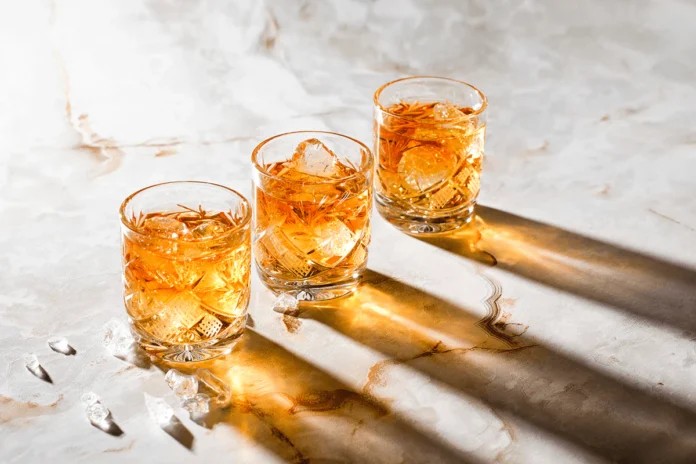
To find your match, consider:
- Occasion – A quiet night calls for Single Malt. A party? Blended Whisky wins.
- Budget – If price matters, Blended Whisky offers great value.
- Taste – For bold, complex flavors, go Single Malt. For smooth and versatile, choose Blended Whisky.
- Experience Level – Beginners often prefer Blended Whisky; experienced drinkers may favor Single Malt.
Why Experimentation is Key
Sticking to one type of whisky limits your experience. Every bottle has a story, and exploring different styles, regions, and brands can deepen your appreciation. Attend tastings, join whisky clubs, or simply swap bottles with friends to expand your palate. You might discover a love for smoky Islay Single Malts or the soft elegance of Japanese whiskies.
Final Thoughts
Choosing between Single Malt and Blended Whisky depends on your taste, mood, and budget. Both have unique qualities that deserve appreciation. If you love bold flavors and tradition, Single Malt is the way to go. If you want something smooth and versatile, Blended Whisky is your match. Explore, enjoy, and remember—it’s always about the journey and the dram in your glass. Cheers!

